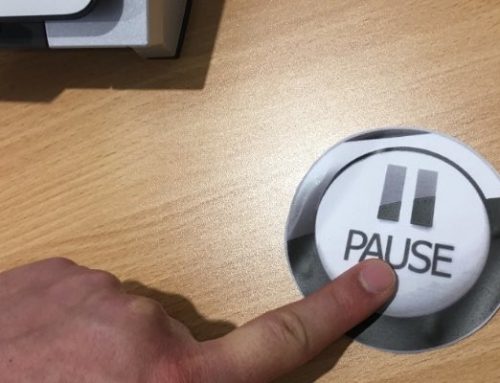Do you feel that your clients, colleagues or superiors don’t recognize your leadership abilities?
If you’re frustrated with not being able to get your message across and influence others, maybe you’re missing the So what?
Much of influencing is about communicating effectively with the people around you so that they consider your ideas and view you as a leader worth listening to. Therefore, leadership is all about good communication and how you leverage it to the benefit of the people in your circle of influence.
Influencing involves listening and giving feedback to others, as well as providing recommendations and articulating your ideas in a clear, succinct way. Most importantly, it calls for a good understanding and application of the So what? factor.
What’s the So what? It’s another way of asking yourself the question Why does it matter? For example, if you’re in a meeting, giving a presentation, or in an interview, it’s about putting yourself in your audience’s shoes and considering what’s in it for them to be listening to you! Because ultimately, if you want to influence others, you have to make it about them.
Making an intervention all about how interesting you and your projects are, or communicating in a way that is convoluted and only relatable to yourself will only get you so far in terms of influence and leadership.
Take one of my clients, for example, a senior policy advisor with the federal government, whom I will call Sam. Sam has to give briefings to various levels of administration, including directors on a regular basis. Unfortunately, because he was so taken with his highly detailed analysis he often didn’t get to the point. As a result, Sam frequently lost his audience and consequently missed the opportunity to articulate the essence of his insights, influence others and thereby secure future leadership opportunities.
And the reason? Sam failed to use the So what? He was simply too caught up in why it was important to him, rather than focusing on how it could serve them.
As soon as you start asking yourself So what? What’s in it for them? you begin to turn your attention towards the people you’re communicating with and to make it relevant to them. As a result, people listen more to what you have to say and increasingly engage with your ideas, as well as your leadership potential.
And that’s exactly what happened to Sam: by identifying the So what? he learned to become concise, get to the point of the matter and articulate an opinion and vision that was of interest and value to his colleagues and superiors.
That’s what influence is.
Today, Sam is on his way to becoming a chief in his department, and that, due greatly to the fact that he was able to recognize what’s in it for them and to judiciously apply the So what? to the benefit of others around him.




